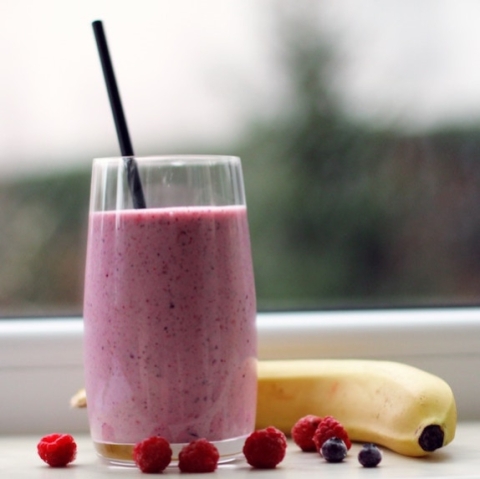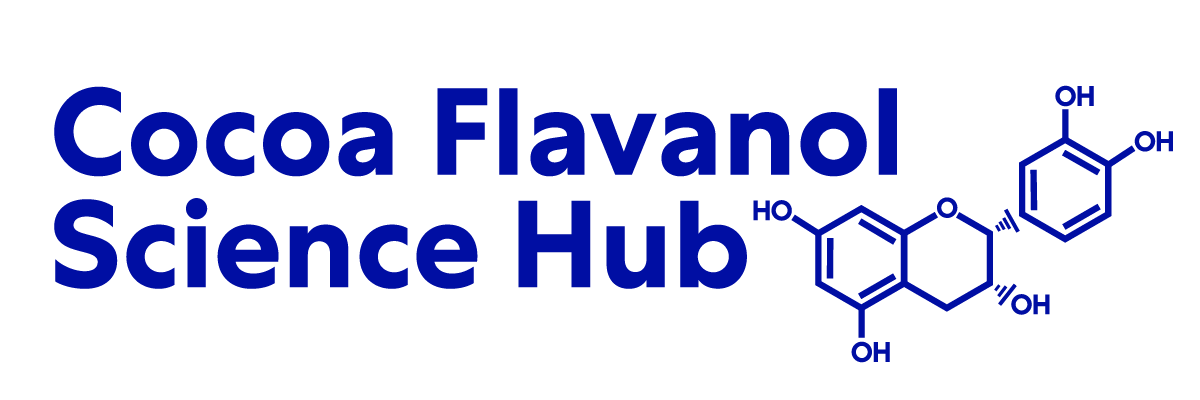A deep-dive into smoothies: flavanol powerhouses?

Flavanols are having a moment in the spotlight: they are the compounds found in foods like green tea, berries, and cocoa. We’re constantly learning more about the cognitive and cardiovascular benefits of flavanols and as a result, consumers are being advised to increase the amount of flavanols in their diet.
In fact, Last year, the Academy of Nutrition and Dietetics issued the first authoritative guidance on flavanols, recommending a daily intake of 400-600mg to support cardiometabolic health. At the same time, homemade smoothies and juices have become a particularly popular and trendy way for people to increase their intake of flavanols. These drinks usually contain flavanol-rich foods such as apples and berries but it could also include the addition of cocoa flavanol supplements.
This led us to ask ourselves, how much does the combination of ingredients in your smoothie – and even the way you prepare it – impact the availability of the flavanols within them? Are there ingredients that may in fact reduce the amount of flavanols available in your smoothie? To dive deeper into the science behind this, my colleagues at Mars Edge and I collaborated with researchers at UC Davis and the University of Reading to investigate how combinations and preparation methods of fruits and vegetables in common smoothie recipes – including mixed berries and bananas – affected the amount of flavanols available to be absorbed after intake. The results of our research have now been published in Food and Function.
Investigating the components of homemade smoothies
We set up a study in which participants were asked to drink either a smoothie made with banana, a popular ingredient used to naturally sweeten smoothies, or mixed berries. Cocoa extract was added to the smoothies to standardize the flavanol content, as well as consumed in the form of a capsule as a control.
The study showed that flavanol levels in smoothies containing banana declined rapidly after preparation. In fact, participants in the trial who drank the banana smoothie had 84% lower levels of flavanols in their body compared to the control group. This was due to the presence of polyphenol oxidase (PPO), which is abundant in bananas.
PPO is an enzyme present in many fruits and vegetables and is responsible for the ‘browning’ effect that takes place in fruit such as bananas, apples, and avocados. When blended, these foods release PPO, which then causes the destruction of flavanols. Fruits like apples are high in both flavanols and PPO, meaning that the way they are prepared and consumed is a deciding factor in the availability of the flavanols within them.
Implications of the study
While undertaking this study, we realized that our findings are relevant not only for foods like smoothies, where the ingredients have been blended, but more broadly, whenever high-PPO foods are prepared in a way that favors the release of PPO like smashing or pulverization and are consumed at the same time as flavanol-rich foods.
Ultimately, we know that high PPO activity impairs the amount of flavanol to be absorbed by the body., and this is something that consumers should keep front-of-mind if they are seeking to increase the amount of flavanols in their diet. This ‘browning’ effect that we usually think of with PPO activity isn’t just undesirable because of aesthetics – it significantly affects the levels of flavanols available to the body.
However, that’s not to say that smoothies and juices are out of the question: it’s the combinations of ingredients and preparation methods that are key. When using flavanol-rich fruits like berries in a smoothie, if consumers want to add fruit for sweetness or a creamy texture, consumers should consider using low-PPO foods like pineapple, oranges, and mango. These foods would achieve that texture and sweetness, whilst at the same time maintaining the level of dietary flavanols – and therefore the health benefits – available.




